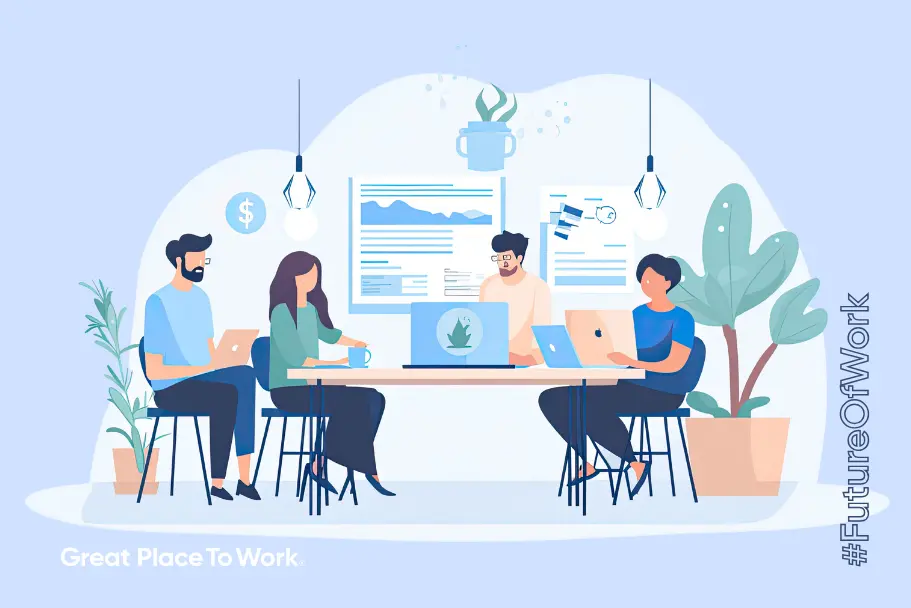Does your organization encourage a culture of gratitude? Not in an obligatory (and fear-tinged), “In this economy you’d better be grateful just to have a job, buddy!” kind of way, but in a, “You know what, I really appreciate my co-workers and the feeling is mutual!” kind of way? If the answer is no, don’t fret, it doesn’t have to be this way. Organizations can deliberately infuse an attitude of gratitude from all levels with minimal effort.
Too many people leave work everyday thinking “My boss doesn’t appreciate me.” When you feel that your boss doesn’t fully value your work, you start caring a little less. You don’t provide the kind of service you would if you felt appreciated. You don’t make an effort to help your co-workers. If a lot of people in a workplace feel this way, it can have a profound effect on the overall environment.
Gratitude in the workplace is not something that is only passed from Manager to Employee. To have a real impact on workplace positivity, employees should show it to one another and to their bosses. It’s obvious when you’re in a workplace where people value gratitude and graciousness. There’s a really great vibe in those places. And when gratitude and graciousness are missing, it’s equally evident. The great thing about infusing gratitude into the workplace is that it can come from anyone, regardless of position. Read on for a few tips on how to hardwire workplace gratitude from the ground up.
Start with Saying Thanks
When someone does something kind for you, whether it’s your boss, your co-worker, or a stranger, recognize it! A simple “thanks” will do. You can’t expect people to appreciate you if you don’t receive their kindnesses and compliments with thankfulness.
Be Honest and Open
If it’s gratitude you need, tell someone! Often your leaders or co-workers can be so tied up in their own tasks that they forget about those working around them. The natural reaction when this happens is to either hold in your negative feelings or complain to another co-worker. But a more proactive stance might be to opt for open and honest communication.
Practice Accepting Kind Words
If you don’t know how to respond to getting compliments, it may take some time for you to feel comfortable receiving them. It seems so funny we should have to practice saying ‘thank you,’ but many of us just don’t know how to process gratitude. So start practicing!
Cultivate Gratitude-Giving Opportunities
For a culture of gratitude to spread, everyone needs a chance to participate. This could be as simple as starting your weekly or monthly meetings with a round of recognition/gratitude where everyone takes a turn. Sometimes the best gratitude comes in small doses: a little Thank You note of two or three sentences can be the way to go. Writing Thank You notes is a thoughtful and easy-to-implement way for managers to show appreciation.
If you think a culture of gratitude at work is just a touchy-feely nice-to-have then you might want to think again. Our behaviors at work greatly influence our co-workers’ behaviors. When you make an effort to express more gratitude it’s likely your colleagues will up their expressions of appreciation as well. Research suggests that a culture of gratitude delivers a spillover effect. When people are thanked, they become more trusting with one another and are also more likely to help one another. And that we’re-all-in-this-together attitude is one of the strongest foundations for great teamwork.
About Great Place to Work®
Great Place to Work® is the Global Authority on Workplace Culture. We make it easy to survey your employees, uncover actionable insights and get recognized for your great company culture. Learn more about Great Place to Work Certification.






